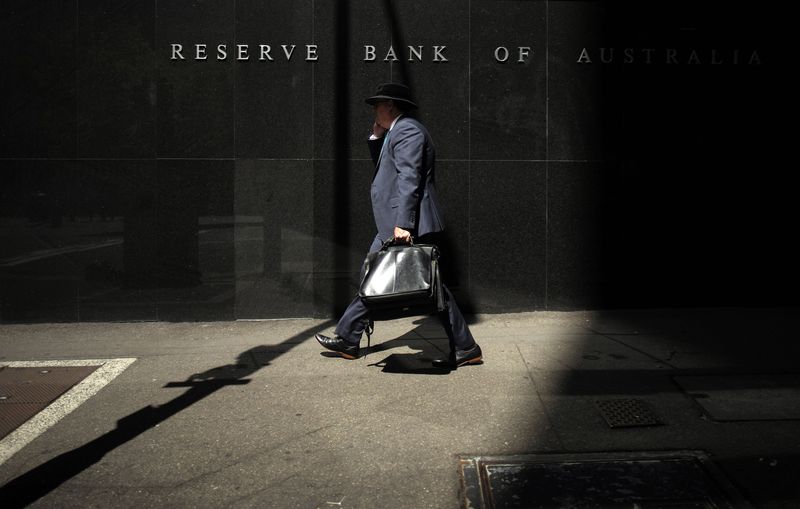By Wayne Cole
SYDNEY, March 23 (Reuters) - Politics has put a new hurdle in the way of lower Australian interest rates as the prospect of an early election intrudes into what was already a delicately balanced calculation.
Liberal-National Prime Minister Malcolm Turnbull has set the gears in motion for a federal election in July, probably July 2, rather than in September or October as originally expected.
That's a complication for the Reserve Bank of Australia (RBA) which had left the door ajar for a cut in rates to help combat the disinflationary impact of a rising currency and slowing jobs growth.
The RBA's June 7 policy meeting, for instance, would now be bang in the middle of the election campaign, while the July 5 meeting would come just three days after the vote.
To be sure, RBA Governor Glenn Stevens has long emphasised that the bank would not hesitate to move if justified by the economic outlook, no matter what the political background.
He drove home the point in 2007 by raising rates during an election campaign, a move that may have played a small part in the Liberal National government's eventual defeat.
Yet the desire to avoid any hint of political partisanship might play a part should the case for an imminent easing be finely balanced.
Since the RBA has spent the past 10 months arguing that a further cut in the already record-low cash rate of 2 percent was not needed, the bar to action would seem to be quite high.
"Should the case to cut strengthen materially in the coming months, we have no doubt that the RBA would move," says Su-Lin Ong, a senior economist at RBC Capital Markets.
"However, if the case to ease in the coming months is still building, as we suspect it will be, then the political dynamics likely work in favour of the RBA remaining on the sidelines during this time."
INFLATION MIGHT STILL BE TRIGGER
Financial markets had already turned lukewarm on the chance of a cut mid-year following unexpectedly strong readings on Australian economic growth.
Currently interbank futures 0#YIB: imply around a 6 percent chance of a cut in April, 24 percent in May and 36 percent for June. Even July is less than 50-50.
Still, a recent surge in the local dollar and aggressive easing from central banks in Europe and Japan, means there is plenty of pressure for the RBA to follow with action of its own.
An added wrinkle is that the government brought forward by a week its annual Budget statement, putting it on May 3 which happens to be the same day as the RBA's monthly policy meeting.
Nomura analyst Andrew Ticehurst argues the timing could actually add to the case for easing in May.
"The RBA may prefer to act in advance of the budget, specifically linking the decision to inflation rather than allowing a perception that a rate cut, post-budget, was somehow linked to the budget itself," he reasoned.
The budget will be announced five hours after the RBA releases its policy decision.
Nomura has for a while wagered that inflation figures for the first quarter due in late April would be weak enough to trigger a move in May.
It was notable earlier this month that New Zealand's central bank surprised many by easing policy in reaction to a very low reading on inflation expectations.
